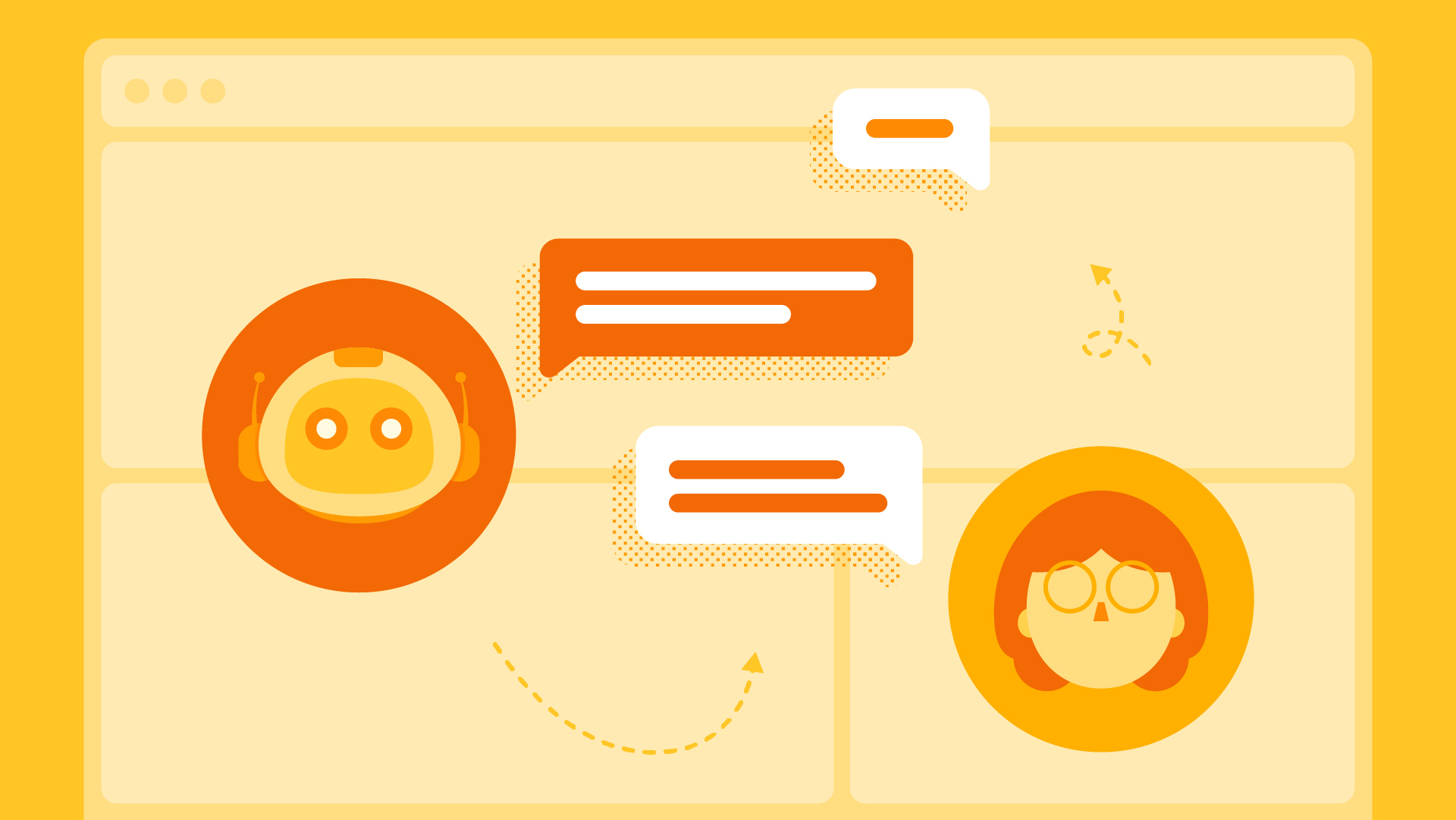Get the latest tech news
Study of cockatoo Snowball suggests humans aren't the only ones who can dance
Snowball the dancing cockatoo is the subject of a study by Radcliffe fellow and Tufts neuroscientist Ani Patel, who suggests the bird’s ability to move in time to music is connected to the way humans groove to a beat.
New research starring YouTube sensation Snowball the dancing cockatoo spotlights the surprising variety and creativity of his moves and suggests that he, and some other vocal-learning animals, may be capable of some of the kind of sophisticated brain function thought to be exclusively human. “It was unbelievable when I first saw that video,” said Patel, the William and Flora Hewlett Foundation Fellow at the Radcliffe Institute for Advanced Study, who is working on a book about the evolution of music cognition based in part on his cross-species research. In addition to being wildly entertaining, the bird’s variety of movements point to a type of cerebral flexibility that suggests his creative choreography is not simply “a brainstem reflex to sound,” said Patel.
Or read this on Hacker News
